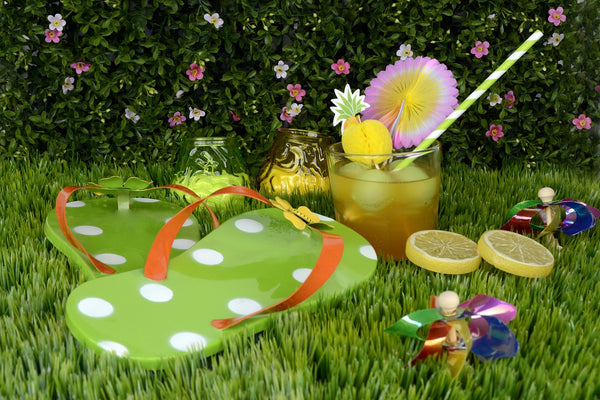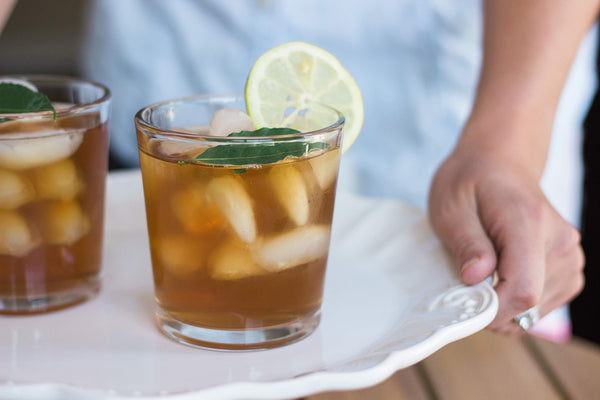
As Halloween approaches, I can't help but think about how much fun it was to go trick-or-treating. When I was in my prime Halloween years, my favorite costume was a Ninja and my weapon of choice was a pillowcase.
The pillowcase was great because it held a huge amount of candy. I would run house to house and gather so much candy that the pillowcase would literally be busting at the seams. After I returned home, I would run to my room and dump all the candy on the floor and rummage through the different colored wrappers like it was treasure. Since I had all this candy, you would think that I would have been generous with it. But this wasn't the case at all. Candy, at the time, was one of the greatest things a kid could have and I wanted to make sure I kept as much as possible so it would last me through Christmas. One day my parents sat me down and told me that I was being greedy. They explained to me that I needed to share my candy with others that didn't have an opportunity to go trick-or-treating. Were they telling me this so I would share with them? I didn't know, but I did reluctantly agree to share a small amount of my halloween treasures. However, I was sure to keep the majority of that candy to myself. After all, I did love candy more than the average child and thought that it should go to those who enjoy it most...me!
Instead of Hoarding Candy, The Japanese Hoard Their Tea
Like kids with sweets, the Japanese love their green tea, most of which come from Japan. Because of this, Japan consumes 80% of the green tea they produce, only leaving 20% to export to other countries. Their most popular green tea is Sencha.
What is Sencha?
Sencha makes up 75% of the total tea production in Japan. What makes Sencha (and most Japanese teas in general) so different than other green teas is the fact it is steamed instead of roasted. This steaming process gives it a much "brighter" flavor.
What Does Sencha Taste Like?
While there are different grades of Sencha, they generally have a taste of roasted nori (the wrappers in sushi rolls) with a hint of lemon. There should also be a thickness on the liquor of the brewed tea that gives it a coating sensation in your mouth.
Nori? That Sounds Gross
Have you ever had a California Roll at a sushi restaurant? It is simply made up of crabmeat, cucumber, roe and rice. If you took these ingredients, mixed them up in a bowl and ate them, do you think they would taste as delicious as a California Roll? Probably not. The reason is because the wrapper in the sushi roll adds a distinct flavor. It is this flavor that most people love about sushi rolls, but they aren't generally aware of it. For those who haven't had a sushi roll before, the wrapper, or nori, flavor is a bit like fresh spinach, mixed with a little bit of bell pepper and chinese cabbage. So, if you like fresh green vegetables like spinach, bell pepper and cabbage, then you will most likely enjoy Sencha.
How Do I Steep It?
Sencha, as well as most Japanese tea, is a little bit tricky. The key to a successful steep is to use water that is hot, but not boiling. 160 degrees Fahrenheit is ideal. You also need to be very careful not to oversteep them. While all Senchas have their ideal steeping time, the general rule is to steep this tea between 30 seconds and one minute.
Summary
When something is exceptional, people generally want to keep it to themselves. If you are a ninja, you want to protect your candy. If you are Japanese, you save your green tea. This is why good Japanese tea is so rare in any country other than Japan, so if you can find some great Japanese tea, be sure to try it.
photo: www.flickr.com/photos/jorgezapico/4174708128/
Leave a comment
Comments will be approved before showing up.


